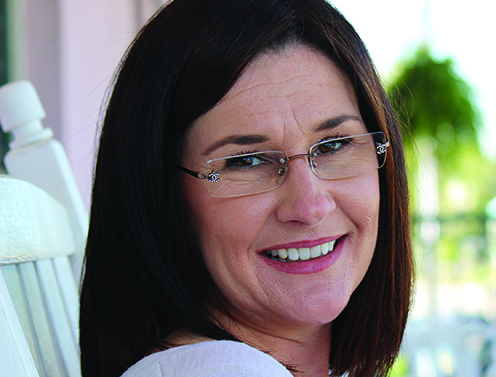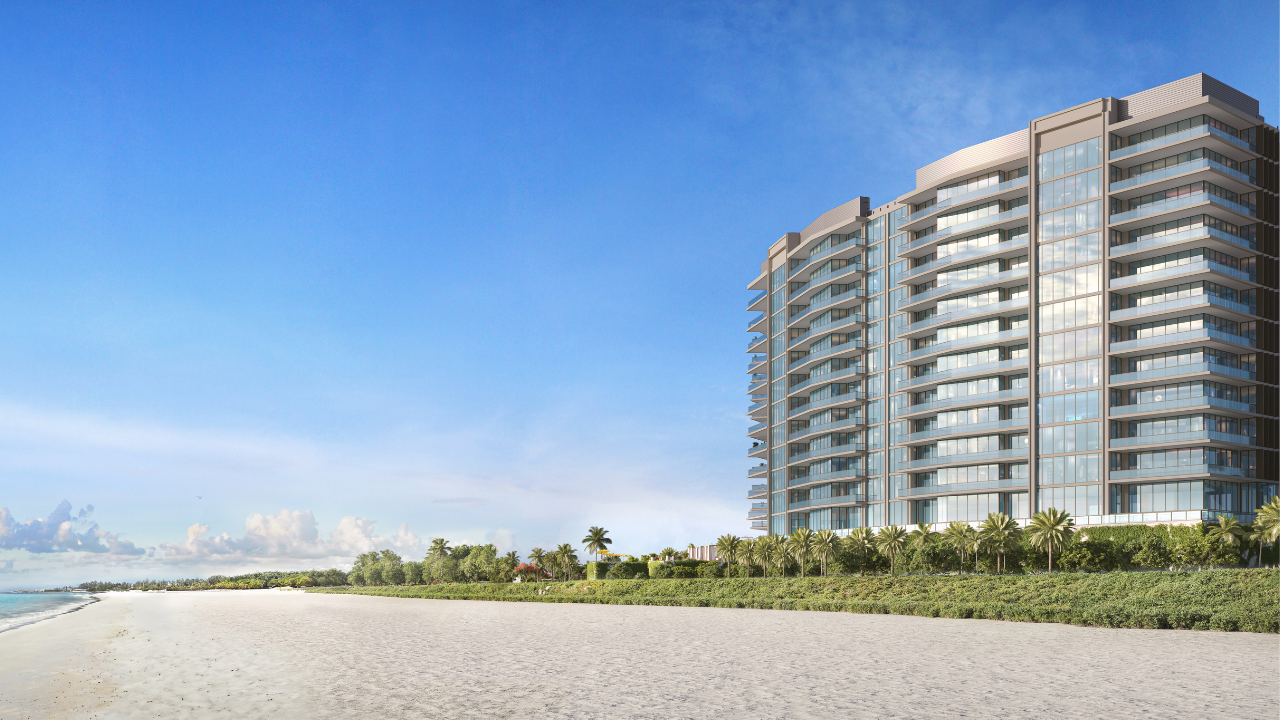By Darcie Lunsford
Consumer psychology is surprisingly universal.
It doesn’t shift dramatically whether the consumer is buying a Canali suit or leasing a corporate office. Everyone wants a perfect fit and a great deal. And to get a deal, one need only to comparative shop, negotiate hard and wait for the other side to flinch.
While that logic might hold true in the world of retail, where clothing, shoes and shiny baubles are in plentiful supply, finding a bargain in South Florida office or industrial space is increasingly difficult. According to the latest CBRE market data, demand continued to outpace supply, driving rents up and vacancies down across the region in the third quarter.
Most real estate experts say the leverage has now shifted from tenants to landlords in all but a few submarkets.
“There are less concessions than there were two to three years ago, when you could’ve gotten about a month of free rent for each year of lease term. Now, you will probably get half that,” says Caroline Fleischer, managing principal of Cresa South Florida, a tenant representation firm. She says landlords of top buildings in downtown districts and along major highways are also raising rents and holding firm to face rates.
With a 12-percent rate hike year-over-year, Broward County had the largest office rent spike in the tri-county area, according to CBRE data. The vacancy rate fell to 13.5 percent, compared to 15.2 percent the same quarter last year.
In downtown Fort Lauderdale, vacancy dropped by 3 percent, to 10.6 percent, which reflects a significant rebound from 2012’s bleak vacancy rate of 21 percent.
“The overall office market is healthy,” says Peter Reed, managing principal of Commercial Florida Realty Services. “Limited spec office development during the past upturn has helped keep things in check.”
Broward County has seen only one major office development completed since the Great Recession. Palm Beach County has seen none.
“The market is in most need of new class-A office development, particularly in the central business districts of Palm Beach and Fort Lauderdale,” says Ken Krasnow, executive managing director Colliers International in South Florida. “We have not seen any new class-A office developments in these markets break ground for at least eight years.”
In Palm Beach County, the office vacancy rate plummeted 260 basis points to 16.7 percent, the biggest year-over-year drop in the region. Rents rose 11 percent.
Miami-Dade County has been the focal point of new office development during this cycle. Much of the new space is tucked within large, mixed-use projects. The county had 792,517 square feet under construction as of the third quarter. The vacancy rate fell to 11.9 percent from 13.1 percent. Rents also rose 5 percent.
But it will surely be the roar of South Florida’s industrial real estate boom that will come to best symbolize the rebound out of the 2008 financial crisis.
Miami-Dade, where nearly 3 million square feet of new distribution hubs and warehouses already have gone up with another 2.8 million under construction, continues to reign as the region’s industrial heavyweight. Year-over-year vacancies fell slightly to end the quarter at 3.7 percent. Rents jumped 6 percent.
“There continued to be an uptick in industrial leasing volume,” says George Pino, president of State Street Realty. “Companies continue to grow and are in need of additional warehouse space. E-commerce growth is playing a large role.”
Broward had nearly 800,000 square feet of new industrial facilities underway in the third quarter. That follows more than 1.2 million square feet of space already delivered in the past six quarters. Strong third-quarter leasing pushed Broward’s industrial vacancy down to 5.4 percent from 6.1 percent. Rents rose 12 percent.
In Palm Beach County, construction activity is the most active since 2008 with 823,831 square feet coming out of the ground as of the third quarter. At 3.2 percent vacant, industrial occupancy is the highest in the tri-county area as are rents, rising 10 percent.
“The industrial market continues to tighten with smaller increments of space – less than 13,000 square feet – almost nonexistent. Most of the demand is coming from housing-related industries,” says Robert Smith, executive vice president CBRE. “Palm Beach County continues to be a very rapidly growing and desirable place to live and work.” ↵
Freelance writer Darcie Lunsford is a former real estate editor of the South Florida Business Journal. She is the senior VP for leasing at Butters Group and is avoiding a conflict of interest in her column by not covering her own deals.















